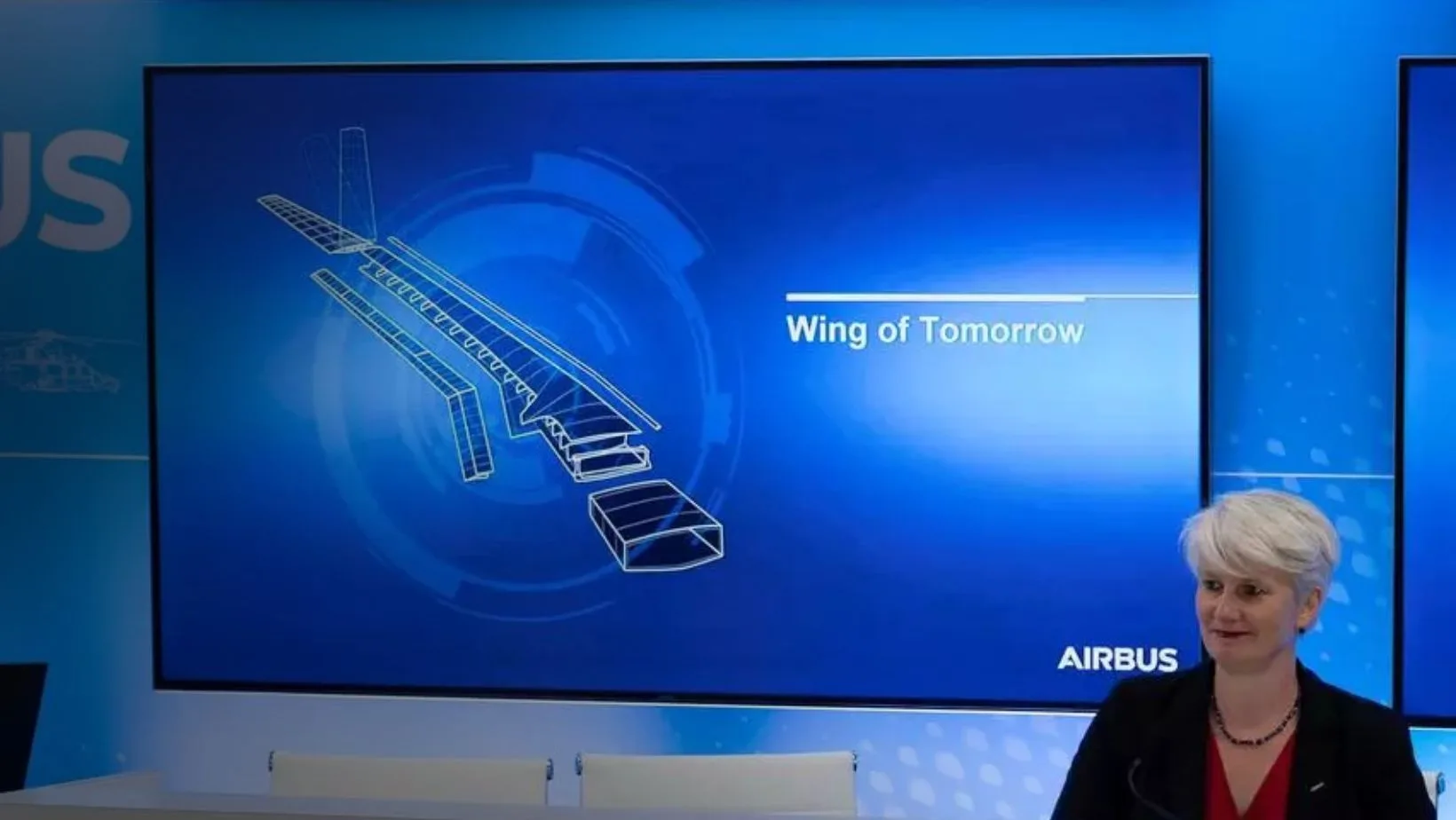Naturally, the following aspects are considered before the development of the new commercial aircraft starts that are;
- Airlines put their input
- Recognition need
- Design and development parameters
- Finance development
- Testing and certification
Even from these, the most important is the recognition of the need and seeing input from airlines. Recognition of need will let the company establish demand that could be an upgrading of previously successful aircraft types with new advanced and efficient technologies such as A320ceo to A320neo or it can be a bunch of new products (aircraft) to move in a new market like the launched of A340 to compete with B747 and Airbus took this further to A380.
The input from the airlines where the airline put a request to manufacturers for the need of the specific type of aircraft. Therefore, the input from airlines plays an important role as we can see from the example of Boeing B747 that it came when Pan AM requested the need for larger aircraft.
Is there a need for A322?
There is demand for a New Midsize Aircraft, a segment that fits in between a wide-body Boeing 787/Airbus A330 and a single-aisle Boeing 737/Airbus A320. Stretching the Airbus A321 by a few meters for a hypothetical “A322” makes it a direct replacement for the Boeing 757 family of long-range, narrow-body planes.
Currently, the closest successors to the Boeing 757–200 are the Airbus A321XLR and the Boeing 737 MAX 10; both models can carry around 200+ seats in a 2-class layout, although the latter lacks behind in range. A stretched “A322” will directly replace the 757–300 and be cheaper to develop than a clean-sheet design. Depending on market interest, an A322 might be introduced in time to compete with Boeing’s entry into the New Midsize Aircraft market, often dubbed the “Boeing 797”, within the next decade.
Insight about Airbus A322
According to Aviation Week, Airbus doesn’t have any plan to launch a new airliner instead they will move ahead by stretching its existing A321 neo to A322. The OEM has a strategic option for installing their new composite wings and new engines for the A322.
Wings
Airbus recently completed the assembly for its new wing design known as “Wings of Tomorrow” for its future aircraft. This new lightweight composite wing would be seen in A322 and this could be a great replacement for some current Airbus models as well. This composite wing will eliminate the need for work performed inside fuel tanks and these new wings are more affordable and faster to produce.

Furthermore, the seating capacity of A321 is maxed at 240 people in a single class configuration but the induction of a new wing in A322 would allow Airbus to stretch its seat capacity. They would be able to add four extra rows of seats that increase the capacity up to 24 seats. Moreover, they would also have more flexibility in their cabin layout for long-haul operations.
Airbus has also revealed information about the design and features of Wing of Tomorrow. The wings would have folding wingtips just like Boeing 777X which will enable the aircraft to increase the aspect ratio wing for getting more efficiency. The Folding wingtip is also considered so that aircraft would be able to have access to the existing airport gates
Sabine Klauke, Airbus Chief Technical Officer, said: “Wing of Tomorrow brings a completely different build philosophy to the way we currently assemble wings and is a crucial part of our R&T portfolio that will help us assess the industrial feasibility of wine production in the future.”
Sabine Klauke, Airbus Chief Technical Officer
Wing of Tomorrow would be considered the most highly efficient wing for the future as Airbus has designed its composite components that reduce the workload by more than 50% during the phase assembly. They have eradicated the work in fuel tanks and achieved good tolerance control and wing shape as well as new approaches toward inspection and validation.
Length
As A322 would belong to the narrow body single aisle family aircraft so the installation of the composite wing makes the aircraft big enough that It would be difficult for A322 to get access to the existing airport gates.

To get a rough idea about the length let’s take a look at its family length:
- A318: 31.44m (103ft 2in)
- A319: 33.84m (111ft)
- A320: 37.57m (123ft 3in)
- A321: 44.51m (146ft)
- A322: 50 m (164.0) Expected
That is why Airbus is now working on “Wings of Tomorrow” in which they have revealed the folding wingtips feature. This will enable Airbus to easily stretch its A321 into A322.
Airbus CEO Guillaume Faury said that the new developments in technology have helped achieve a step-change in the narrow-body jet market. He told the media, “We think the next new platform will be significantly better than what we do today”.
Airbus CEO Guillaume Faury
Range
Airbus would continue to power A322 with its already certified P&W PW1100G and CFM LEAP-1A Engines. The A321 XLR the extended version of A321 Neo and A321 LR can fly nonstop for 11 hours giving a range of 4,700 nm. This means that in A322 with the addition of a new composite wing and the advanced technology Airbus will provide more range.
Airbus Stance about A322
According to Simple Flying on May 2021, they got the news that Airbus was seeking interest to stretch its A321- to “A322.” However, after a month, Airbus spoke on this statement, that there was ‘no such thing.’ Speaking to the media Airbus Chief Commercial Officer Christian Scherer clarified Airbus’ saying:
“Regarding the stretch … I wish I had earlier availability of the existing A321neo, the A321LR, and the XLR. I do not feel that there is a need at this particular point to stretch their planning.”
Airbus Chief Commercial Officer Christian Scherer
Therefore, Airbus’ plans on stretching its A321XLR to A322 is not yet revealed from the Airbus but the idea of the A322 looks an extremely exciting thing to see as the market for larger single-aisle planes like the A322 is relatively small, so it may not be a profitable venture for manufacturers.
Flexibility and Adaptability for Airlines
One of the key strengths of the Airbus A322 is its flexibility and adaptability to meet diverse airline requirements. The aircraft can operate efficiently on both short-haul and medium-haul routes, allowing airlines to optimize their network planning. Its excellent performance in various weather conditions and airport types makes it a versatile choice for airlines operating in diverse regions worldwide. Moreover, the A322’s commonality with other A320 family members streamlines maintenance, training, and operational procedures for airlines, resulting in cost savings and operational efficiencies.
Market Demand and Competition
The Airbus A322 has garnered significant attention and interest from airlines globally. With its remarkable features and operational advantages, the aircraft has secured a substantial number of orders, indicating strong market demand. It competes directly with Boeing’s 737 MAX series, offering airlines a compelling alternative with enhanced features and improved safety measures. The fierce competition between Airbus and Boeing in this segment is driving innovation and benefiting airlines and passengers alike.
Potential Routes and Destinations
The Airbus A322 opens up exciting possibilities for airlines to expand their route networks and explore new destinations. With its range of capabilities, airlines can connect previously underserved routes, enabling more convenient and direct travel options for passengers. The aircraft’s ability to operate from shorter runways further widens the scope of potential routes, including remote and challenging airports. The A322’s versatility empowers airlines to tap into untapped markets and meet the evolving travel demands of passengers.
Maintenance and Operational Considerations
For airlines, maintenance and operational considerations play a crucial role in fleet selection. The Airbus A322 offers excellent reliability and ease of maintenance, thanks to its advanced diagnostic systems and optimized maintenance programs. Additionally, the aircraft benefits from Airbus’s extensive global support network, ensuring prompt and efficient technical assistance whenever needed. These factors contribute to reduced downtime, increased aircraft availability, and enhanced operational efficiency for airlines.
Although Airbus has not officially confirmed plans for the A322, the idea of stretching the A321 to create a larger single-aisle aircraft is intriguing. However, the profitability of such a venture remains a consideration, as the market for larger single-aisle planes like the A322 is relatively small. Airbus Chief Commercial Officer Christian Scherer has indicated that at present, stretching the existing A321neo family does not appear to be a necessary step.
Conclusion
While there is a demand for a new midsize aircraft to replace the aging Boeing 757 family, Airbus has not officially announced plans to launch the A322. However, reports suggest that Airbus may consider stretching its existing A321neo to create the A322, utilizing its new composite wing technology and existing engines to increase capacity and range. The folding wingtip feature on the “wings of Tomorrow” may make it easier to accommodate the larger A322 on existing airport gates. While the market for larger single-aisle planes like the A322 may be relatively small, the potential for increased capacity and efficiency makes it an exciting prospect for the future of aviation. Nonetheless, as of now, Airbus hasn’t gone public about any plans for the A322.







Leave a Reply